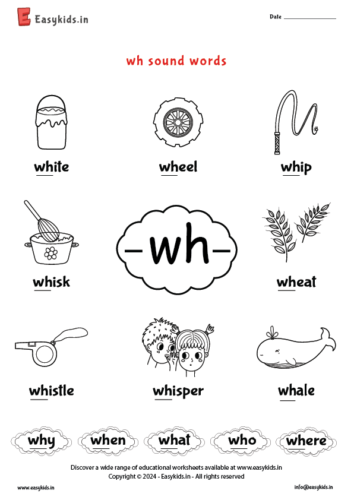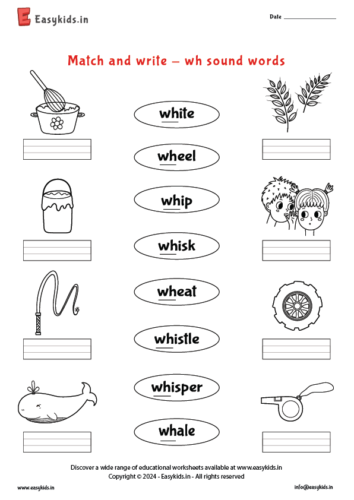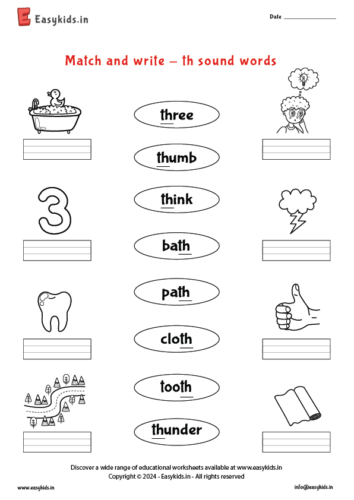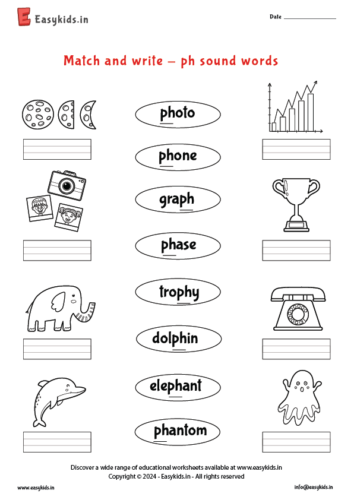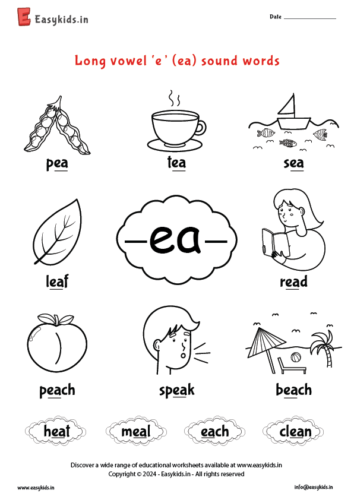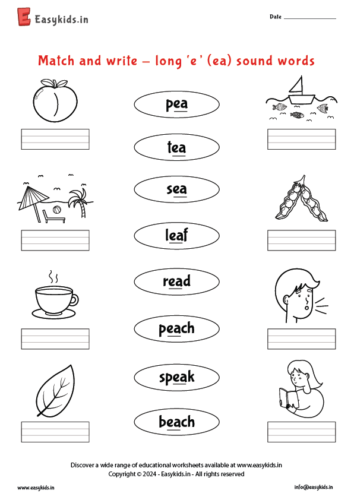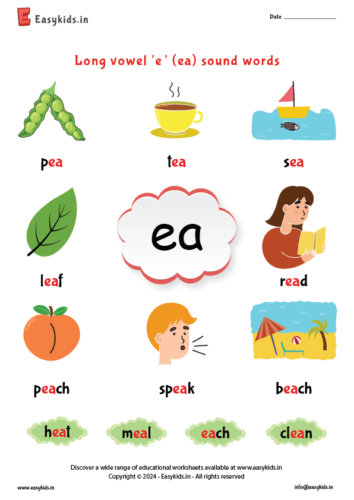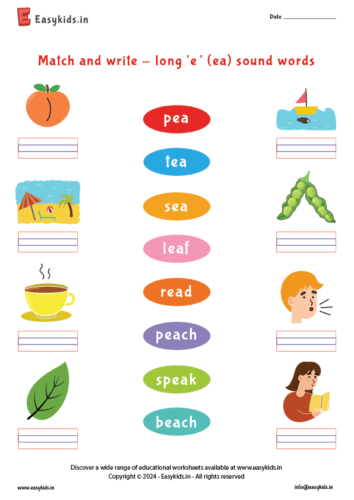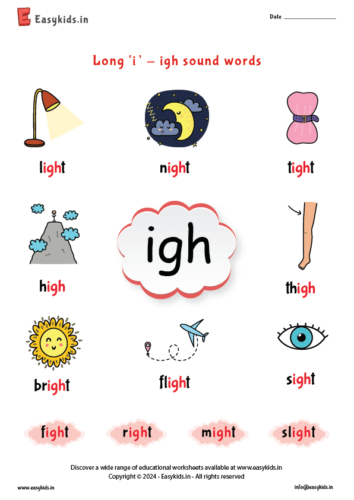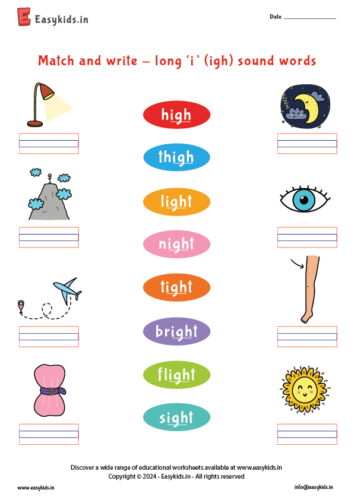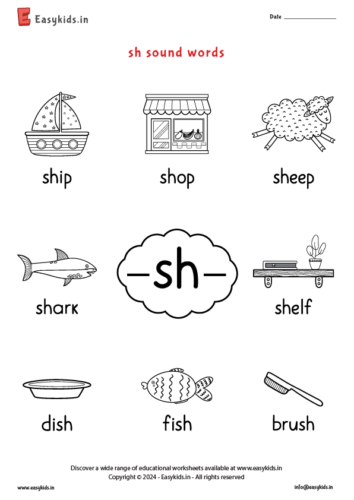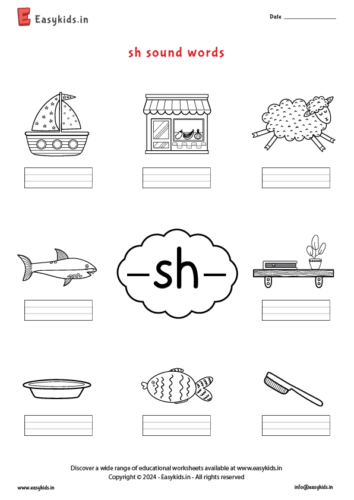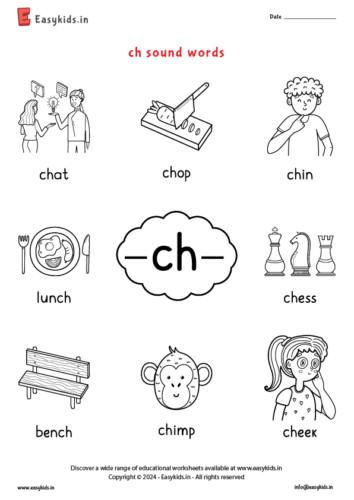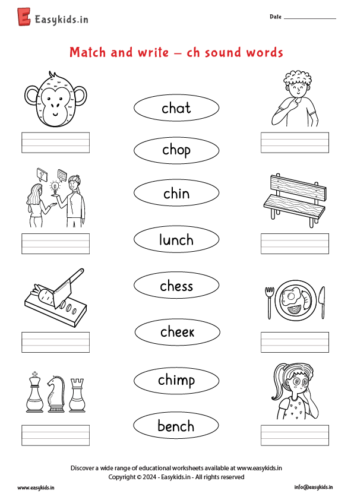
English language acquisition at the UKG (Upper Kindergarten) level involves a systematic approach, often guided by well-structured worksheets designed to instill essential language skills. These “UKG English worksheets” serve as valuable tools for both teachers and students, providing a scaffolded learning experience that covers various aspects of language development.
A typical classroom may feature a “class UKG English worksheet,” specifically tailored to the curriculum for this grade level. These worksheets are carefully crafted to cater to the unique needs and abilities of UKG students. They introduce concepts in a progressive manner, ensuring that young learners grasp the fundamentals of language.
An “English worksheet for class UKG” adheres to the CBSE (Central Board of Secondary Education) pattern, aligning with the national educational standards. This alignment is crucial as it ensures that students receive consistent and high-quality instruction, setting a strong foundation for their language skills.
The content of a “UKG class English worksheet” encompasses a range of topics, from vocabulary building to phonics. These worksheets often feature exercises that promote reading, writing, and comprehension skills. For beginners, “beginner UKG English worksheets” offer a gentle introduction to the world of language, gradually building confidence and competence.
Kindergarten-level “UKG English worksheets” cater to the specific needs of young learners, recognizing that their development is unique and requires a patient and nurturing approach. These worksheets integrate engaging activities, colorful illustrations, and interactive exercises to make learning enjoyable and effective.
For UKG students, these worksheets are more than mere pieces of paper; they are gateways to language proficiency. As they progress, students encounter a diverse array of words and concepts, including “sh sound words.” These words are characterized by the “sh” digraph, a pair of letters that, when combined, produce a distinct sound.
“Sh words” exemplify the sound created by the “sh” digraph and include a variety of words that start with “sh” and words that end in “sh.” This sound is a recurring feature in the English language, and building familiarity with it is essential for effective communication.
A “sh words list” can include everyday vocabulary like “shoe,” “shop,” “ship,” and “shout.” Understanding and recognizing these words is a fundamental step in phonics education. Young learners benefit from activities that focus on “words that start with sh” and “words ending in sh,” as these exercises help solidify their grasp of this particular sound.
Phonics-based learning tools often include “words beginning with sh,” which serve as building blocks for language acquisition. Exercises featuring “word that end with sh” enable students to recognize this sound at the conclusion of words, further honing their phonetic skills.
Sound-based learning is a key aspect of phonics education, and “sound sh words” are an essential component of this process. Recognizing and reproducing the “sh” sound helps young learners in their reading and pronunciation skills.
To enhance comprehension, “words of sh” are often accompanied by pictures in educational materials. “Sh sound words with pictures” provide visual cues that aid in understanding and retention. These images help bridge the gap between written and spoken language, making it easier for students to associate sounds with their corresponding words.
In addition to “sh words phonics,” students may encounter “sh blend words.” These words incorporate the “sh” sound along with other consonants, such as “shirt” or “shell.” Practicing these “sh blend words” helps students become more proficient in decoding and pronouncing complex words.
A “sh phonics words” list is an indispensable resource for educators and parents, as it serves as a comprehensive reference for teaching and reinforcing the “sh” sound. It allows for systematic progression, gradually introducing more challenging words as students become more proficient.
To further expand phonics education, students may encounter “sh ch th words.” These words explore various digraphs and sounds that are essential for reading and writing. Exercises featuring “sh th ch words” enhance students’ phonemic awareness, a key skill for literacy development.
In summary, English language education at the UKG level involves a structured and comprehensive approach, often facilitated by well-designed worksheets. These materials cater to the unique needs of young learners, introducing them to a diverse range of words, including those with the “sh” sound. Phonics-based learning tools, such as “sh words,” “sh blend words,” and “sh th ch words,” play a vital role in developing students’ reading, writing, and pronunciation skills. By providing a solid foundation in language, these resources empower young learners to embark on a lifelong journey of effective communication and literacy.
